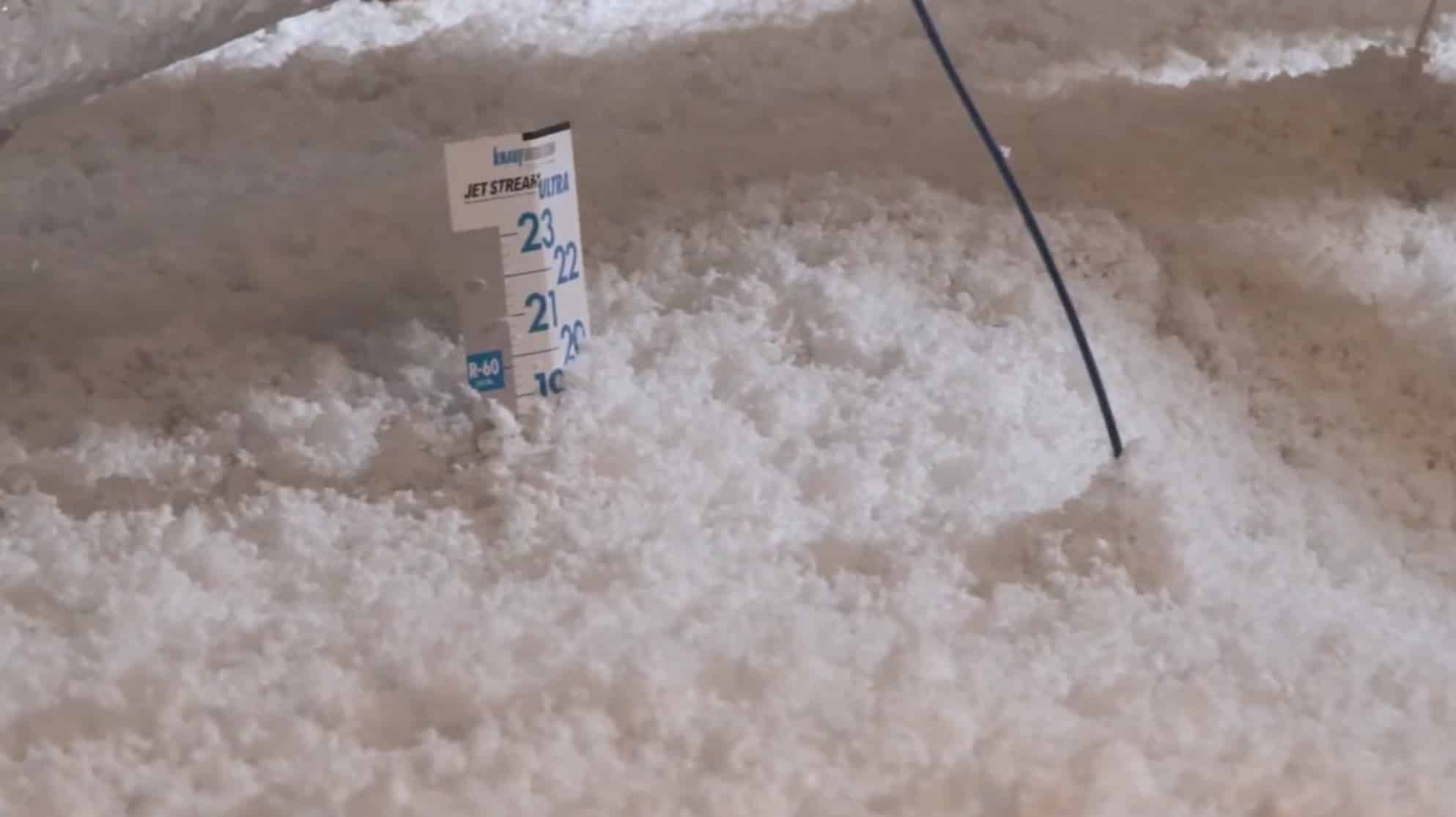Not known Facts About Green Attics
Table of ContentsThe Green Attics IdeasThings about Green AtticsThe Main Principles Of Green Attics The smart Trick of Green Attics That Nobody is Talking AboutAll About Green AtticsGreen Attics - The Facts
Published by Solution Champions Air Conditioning BlogWhen you switch on your heating, you desire it to stay inside your home - Home energy efficiency. Powering up the home heating causes the warm to rise straight up right into your attic. It's after that up to your attic room insulation to do its task and obstruct the warm from getting awayWhich attic insulation is ideal? This write-up will certainly detail the 4 kinds of attic room insulation you can choose from, plus dive into the pros and cons of each.

The 6-Minute Rule for Green Attics
Batts are large, rolled up sheets of product which are integrated together with a chemical vapor. This vapor functions as a sticky. Why is fiberglass batt insulation so popular? It's several advantages include: All at once, fiberglass is significantly environmentally friendly. The fiberglass itself is produced from sand which is then developed into glass, which counts as a renewable power resource.
Fiberglass batt insulation rarely diminishes or falls down. This is because of the air pockets that happen in production. Installment is simple. As a matter of fact, it's so simple that several house owners select DIY installation. If you follow this course, you would certainly be dodging an installment fee. Fiberglass batt insulation is also soundproof, assisting reduce external sounds and keep inner sound inside the residential property.

Green Attics for Beginners
If moisture is taken in by the fiberglass batt insulation, it can reproduce unsafe mold. Rats and various other undesirable guests like fiberglass batt insulation, and frequently make it their home.
When utilizing the blown-in method, it fills the attic room much better, ensuring it's air-tight. Consequently, it fills any fractures or gaps, also in unpleasant areas. This reduces the quantity of hot air escaping and cool air getting in. It additionally catches noise. The blown-in distribution method is much quicker. It takes an issue of hours to obtain your attic room insulation up and running.
It requires much more maintenance than other types of attic insulation on our checklist. Ought to the insulation obtain damp, removing the insulation isn't as easy as eliminating fiberglass batts.
This attic room insulation is likewise blown-in utilizing a blowing equipment, nonetheless the product used is various. The material utilized below is cellulose. This is made from all different recycled material, including things made out of timber, papers, and cardboard. Then, boric acid and other substances are related to flame-proof the attic insulation.
The Definitive Guide for Green Attics
(https://www.tumblr.com/greenatt1cs)
Is blown-in cellulose insulation worth it? Right here's what it can provide your household: Essentially, blown-in cellulose is better for the world. With cellulose being made from purely reused product, there's no need to generate brand-new product. Recycling this is eco-friendly. The boric acid and various other materials aid to fire evidence the insulation and slow the spread of fires.
Blown-in cellulose insulation has an R-Value that is 23 percent more than fiberglass batts. Cellulose likewise helps in reducing wind-washing. What are the disadvantages of installing blown-in cellulose insulation in your attic? Here are the drawbacks: Cellulose is environment-friendly, nonetheless the further substances that are included are not. Boron is required to create boric acid, and the mining procedure that mines boron is harmful to the atmosphere.
Cellulose likewise doesn't blend well with fluid. Should it come to be wet, mold can grow swiftly and spiral uncontrollable. Remedying this circumstance can be labor and time intensive, as you'll require to grab the insulation little by little, rather than in one roll. The last sort of attic insulation is spray foam insulation.
Green Attics Things To Know Before You Buy
Unlike all the various other kinds of attic insulation, spray foam insulation is the only type ahead as a fluid. After being splashed, it enlarges and expands, and after that sets click to read as a resilient foam. This foam slides neatly right into any kind of spaces, securing impermeable, and cuts off any kind of escape paths for your heating.
Ultimately, what are the negative aspects of spray foam insulation?: The ahead of time repayment for spray foam insulation is higher than the other kinds of attic room insulation on our checklist. It's worth considering that, due to high levels of energy efficiency, it'll likely balance out or also end up being less costly in the long-run to maintain your home warm.

The 9-Minute Rule for Green Attics
Wonderful care needs to be taken around the foam, and you'll require to use goggles, a mask, and a respirator. With 4 kinds of attic room insulation and their pros and disadvantages, you're now able to make a notified choice, understanding the benefits and negative aspects to each. That's why I can say with confidence that the best method to protect my attic is with low-cost cellulose or fiberglass insulation used over a closed attic flooring.